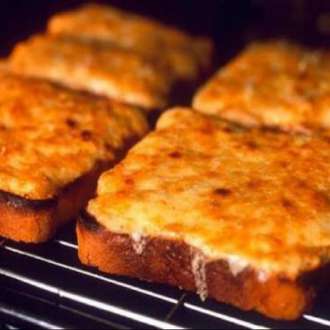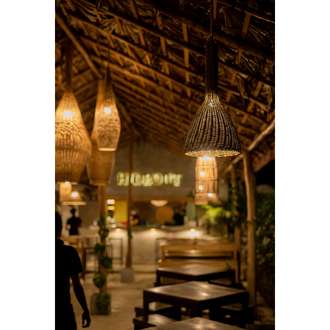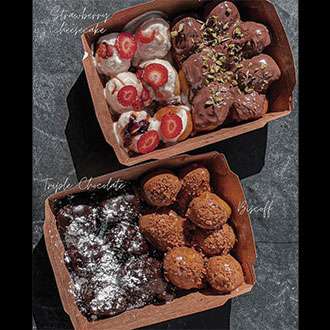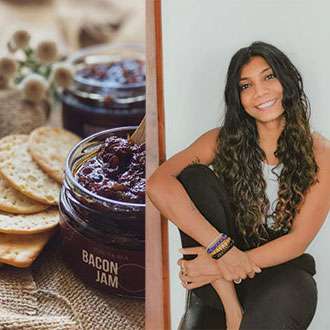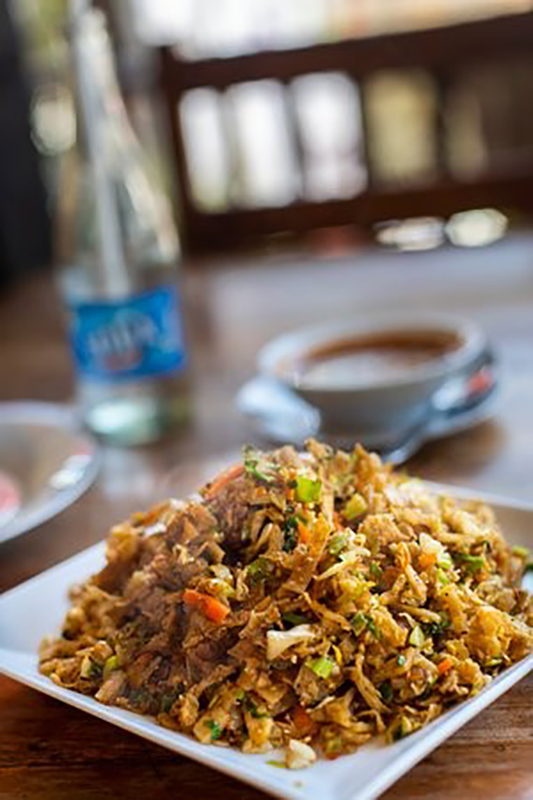
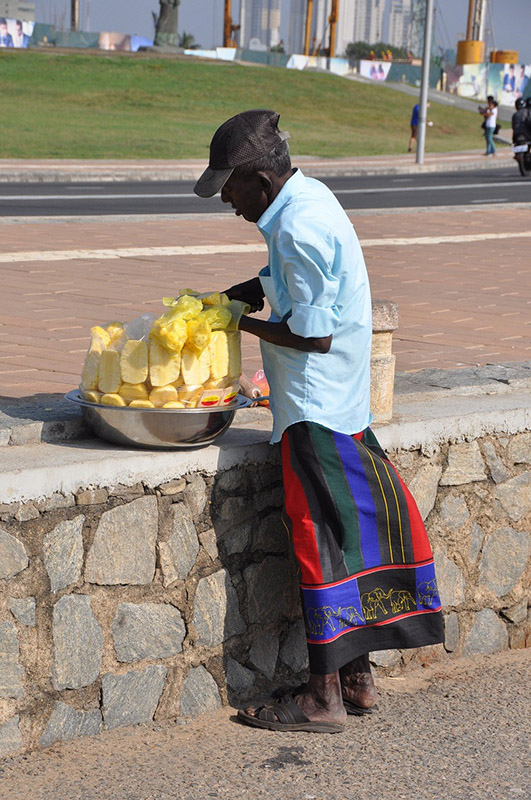
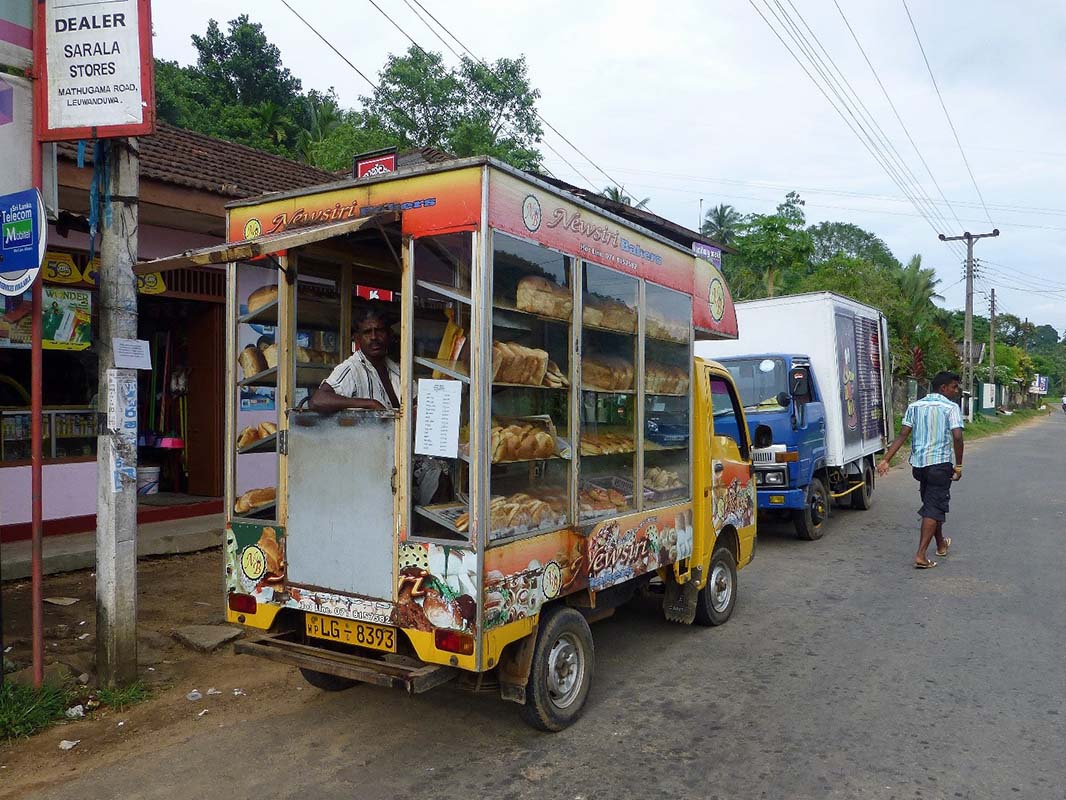
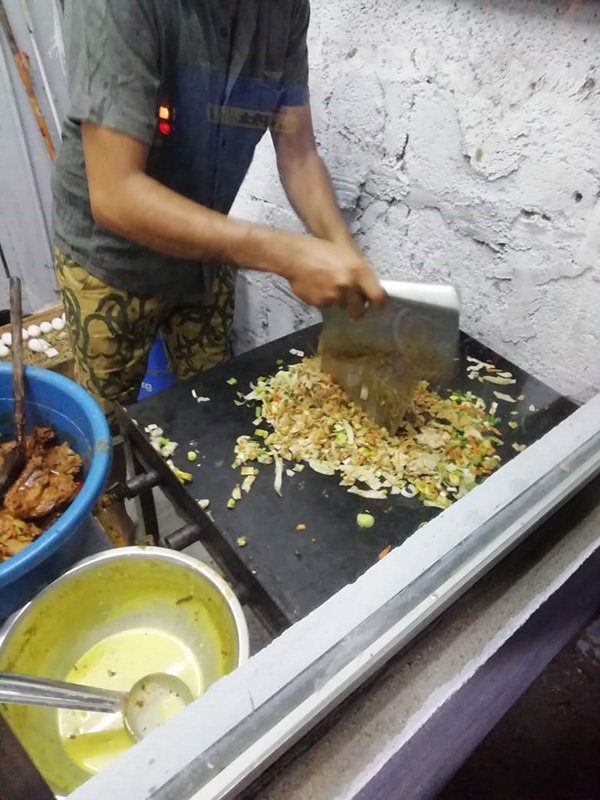
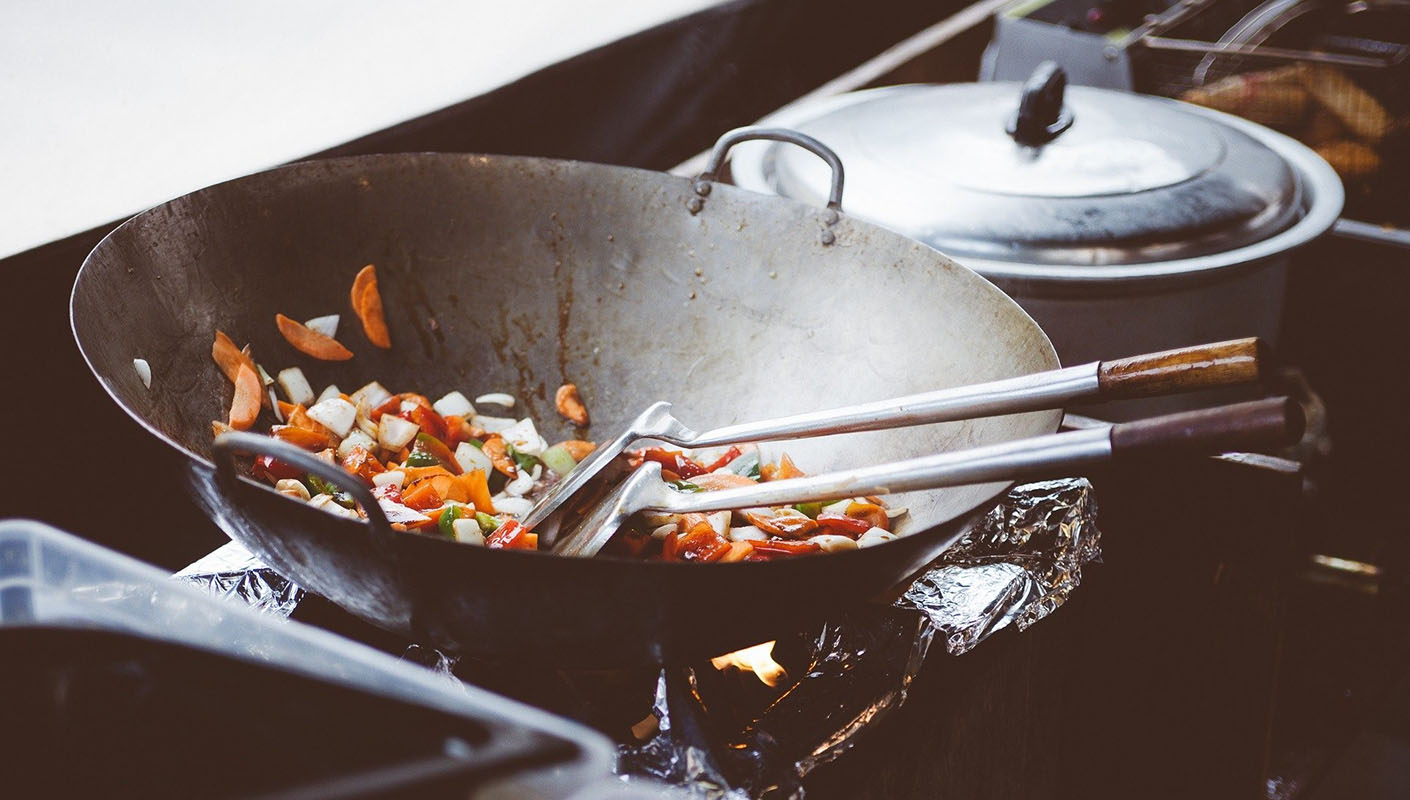
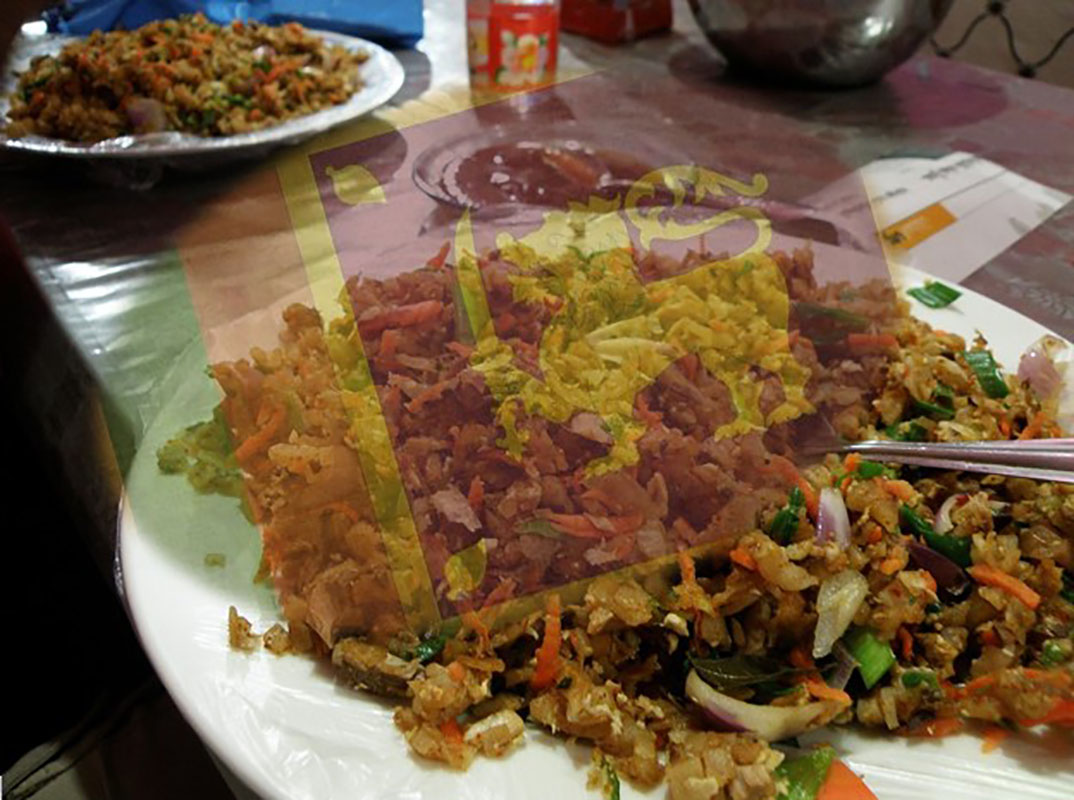
We in Sri Lanka have many things that are unique to us. These are the things both large and small, things that we are mind full of and things that we just know belong to us on an unconscious level. Things like the flora and fauna, we can easily identify as inherently Sri Lankan. But apart from these, there are also the other stuff that give Sri Lanka its identity. Of these many features, one thing that we may or may not consider are the sounds that are so iconic to Sri Lanka and so very “Sri Lankan”.
When you think about the sounds that give Sri Lanka its identity, you start to realize there are quite a few sounds. The most iconic would of course be the sounds of the Sri Lankan drums, the horn (“nalawa” or the “hak gediya”) and other sounds generally associated with our perahara, so easily identifiable as the indicators of a passing “Perahara”. Other than these, we also have some iconic sounds that you would not consider but what makes Sri Lanka feel like home. These are sounds like the “boom boom boom” of a Sri Lankan tuk tuk passing by with music playing, but with the base so loud that you can’t hear the rest of the melody. Then there is also the sound of a small brass bell that we all instantly recognize as that of a “Bombai Motai” vendor. Or else, the sound of Beethoven’s “Für Elise”, which most of you won’t recognize (except those classical music buffs) until you realize it is the tune played by almost all tuk tuk bread vendors or “choon pang karayas”.
These are all iconic sounds that remind us of home. But there is one other sound that we are all familiar with, which is the famous “takata takata taka” sounds of a kottu being made in many of Sri Lanka’s roadside shops. This iconic sound is a result of the cook dicing away at the kottu on a flat metal stove using two metal chopper like items. But this familiar beat may not be playing for very much longer.
It is a stark revelation, when you come to think about how very popular and a stable meal it is across all Sri Lankans, rich or poor, and despite the often unsettled stomachs the next morning.
The reason for this seems to be the easy availability or pre-made kottu roti, that is already cut and diced, so all the cooks really need to do is add in the rest of the ingredients and mix it all up. Popular kottu spots which we head to for a late-night meal, have switched out the flat metal top stoves and have taken to preparing kottu on conventional stoves using a large wok. Even new start-ups that boast of being dedicated to kottu, opt for the stove and wok arrangement as oppose to the flat metal stove with the metal choppers.
This of course makes sense when you take a more in-depth view, as you realize that there are practical benefits a conventional stove and wok have, since this arrangement means that you can also use it for cooking other items like fried rice. However, this does mean that the famous beat that we all associate with kottu may be a on the decline if more and more vendors opt to make kottu on the more practical stove and wok.
Sadly, there seems to be little we can do. Since it is not technically wrong that the kottu is being made in a wok, there is nothing we can complain about. It seems we will have to resign ourselves to the inevitability that soon, the day the “kottu beat” dies will be upon us.
There is still a little hope however, that this beat won’t be a complete thing of the past, as still smaller vendors, who make their own kottu roti the traditional way, will still have to keep the flat stove tops in order to make the roti itself, so while the beat maybe dying, it isn’t something that isn’t dying too quickly and it could very well last for a little bit longer.

